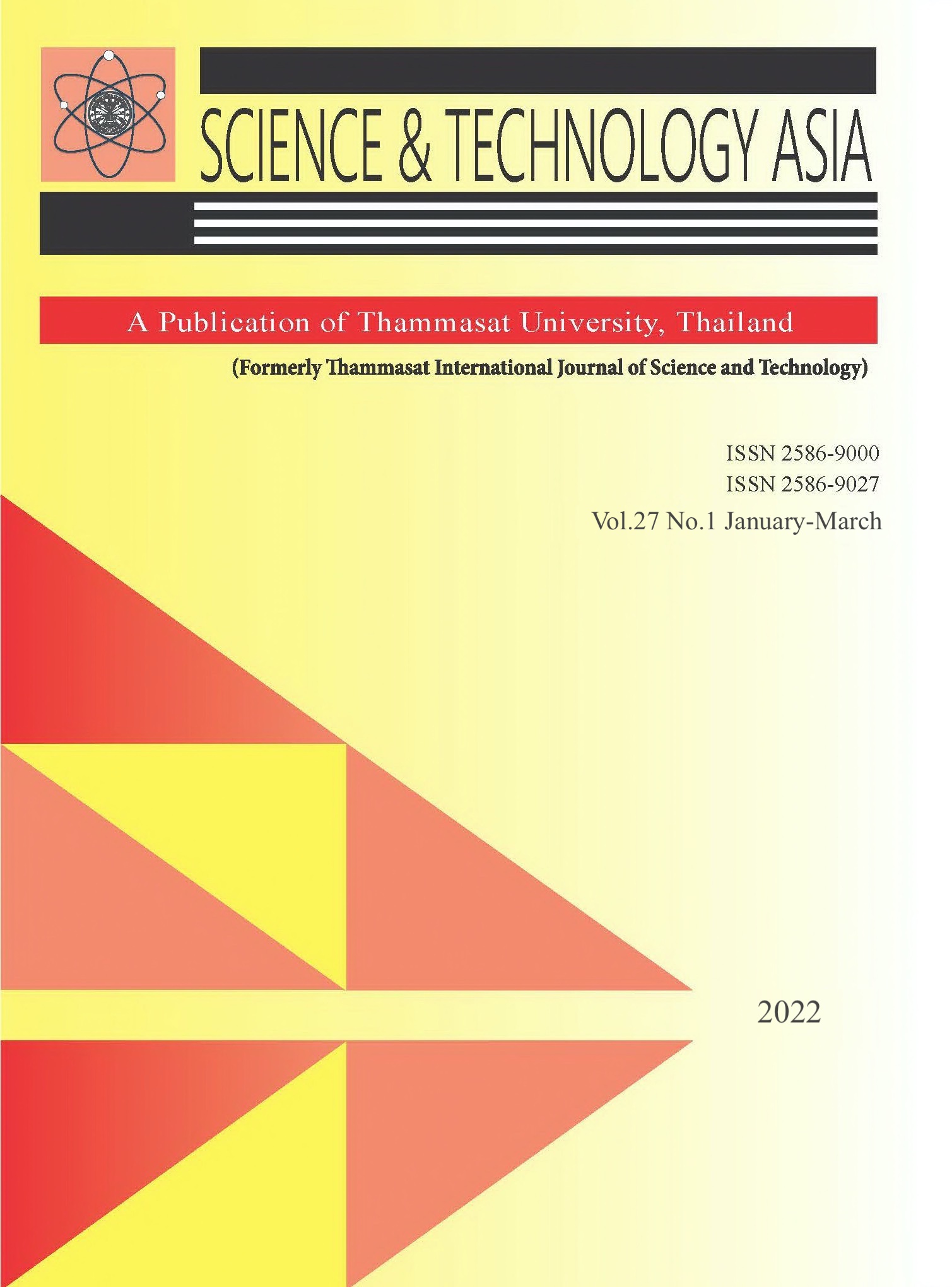Using Rice Husk Biochar For Ming Aralia (Polyscias fruticosa (L.) Harm) Production Under Saline Conditions
Main Article Content
Abstract
Polyscias fruticosa (L.) Harms is a traditional medicinal plant widely used in the treatment of ischemia and inflammation in the Southeast Asia region. Salinity stress has a negative impact on plant growth and development. Therefore, the application of biochar could help alleviate the problem. This research aims to find the optimal growing medium components for Ming Aralia to produce active compounds under saline conditions. A pot experiment was conducted from June to December 2019 with 2-month-old plants based on complete randomized design (CRD). The treatments include 1) NBNS (non-biochar, non-saline), 2) NBMD (non-biochar, moderate salinity), 3) NBSI (non-biochar, saline severity I), 4) NBSII (non-biochar, saline severity II), 5) 25NS (25% biochar, non-saline), 6) 25MD (25% biochar, moderate salinity), 7) 25SI (25% biochar, saline severity I), 8) 25SII (25% biochar, saline severity II), 9) 50NS (50% biochar, non-saline), 10) 50MD (50% biochar, moderate salinity), 11) 50 SI (50% biochar, saline severity I), 12) 50SII (50% biochar, saline severity II) with 8 replications. Results showed that increases in salinity from non-saline to saline severity II significantly reduced plant height, leaf area, leaf and root fresh weight, and dry weight. Antioxidant activity, as well as total phenolic and flavonoid compound content were found to be higher when rice husk biochar was used at 25% and 50% under moderate and severe saline conditions.
Article Details

This work is licensed under a Creative Commons Attribution-NonCommercial-NoDerivatives 4.0 International License.


